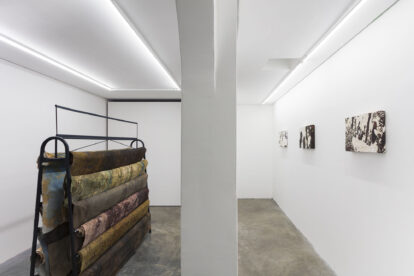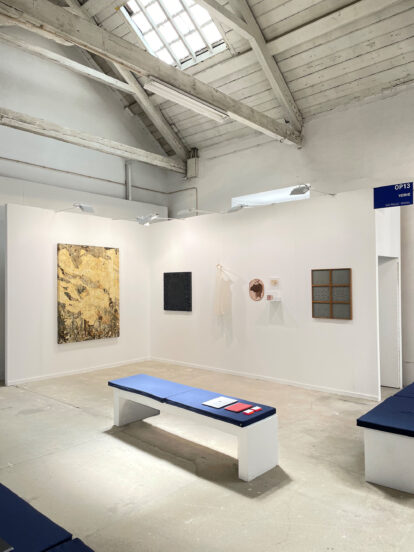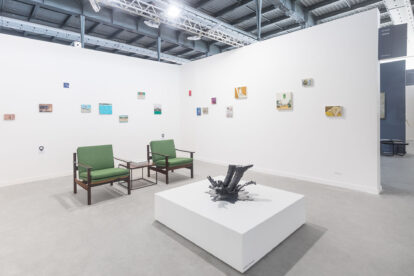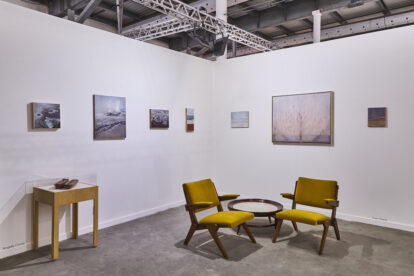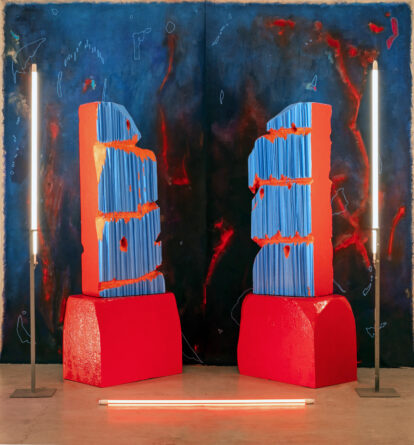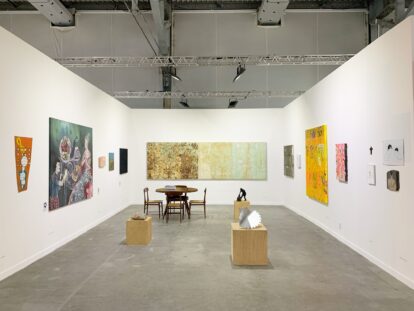Every landscape retains a certain truth of the world. In the 19th century, the Impressionists abandoned the truths of the academy, opened the doors of their studios and took to the streets, dedicating themselves to healthy painting “in plein air” in order to reconstruct the role of painting – and art – in the world. . From this landscape, from this exercise of capturing the fleeting moment of the world, the foundations were created that structured modernist aesthetic thinking.
Every painting is an experience of the world. Painting is the art of permanence; it unites reason with sensibility, reveals, “makes visible”. It enriches our information about reality and feeds, with poetic and objective information, our relationship with the world around us. Thus, painting is a way of seeing, feeling and understanding the world, establishing with it a dialogue where chance and construction complement each other, where concept and praxis come together to build an articulate, intelligent and poetic body. Every artist dialogues with tradition. Eduardo Garcia is not afraid of the past, on the contrary, he makes a commitment to raising awareness of the gaze. There is, in his action, a kind of romantic aura, a commitment to the creation of the beautiful and to the revelation of a hidden world before our eyes. For him, the artist is a trailblazer, a discoverer, and the greatest task of his craft is to bare the veils of the gaze. Painting is an instrument of sensitization, simple and sophisticated like bread and wine.
The entire history of painting survives in the contemporary. Through patches of color formed by overlapping layers of paint, the artist’s work reveals a sensitive and well-crafted pictorial process. Eduardo Garcia creates his urban landscape, his maps, his walls, his Word. Its theme is, in essence, Time. In front of his paintings, the viewer is invited to get to know a story, a record, a process: the body of the painting is there, present, vibrating on the large surfaces that are guided by a kind of constructive guiding principle. Every moment is the result of a past. Painting is the record of history and it is created through a rational constructive process without ever abandoning poetics and some values related to craft practices. In a world ruled by speed and virtual images, Eduardo Garcia’s painting imposes itself in our eyes as the art of permanence. And the powerful and vibrant presence of pictorial materiality is the instrument used by the artist to achieve true beauty.


![Azul 1 [Blue 1]](https://www.vervegaleria.com/wp-content/uploads/2022/06/2JA-122915-768x318.jpg)
![Expositor 1 [Exhibitor 1]](https://www.vervegaleria.com/wp-content/uploads/2022/06/JA-122902-768x1152.jpg)

![Sudário II [Shroud II]](https://www.vervegaleria.com/wp-content/uploads/2022/06/IMG_7375_-768x768.jpg)
![Carvão-Ouro 10 [Gold Coal 10]](https://www.vervegaleria.com/wp-content/uploads/2022/06/Serie-Carvao_Ouro-9-2018-050x100-cm-diptico-768x383.jpg)

![Infusões 20 [Infusions 20]](https://www.vervegaleria.com/wp-content/uploads/2022/06/JA-114531-1-768x431.jpg)



